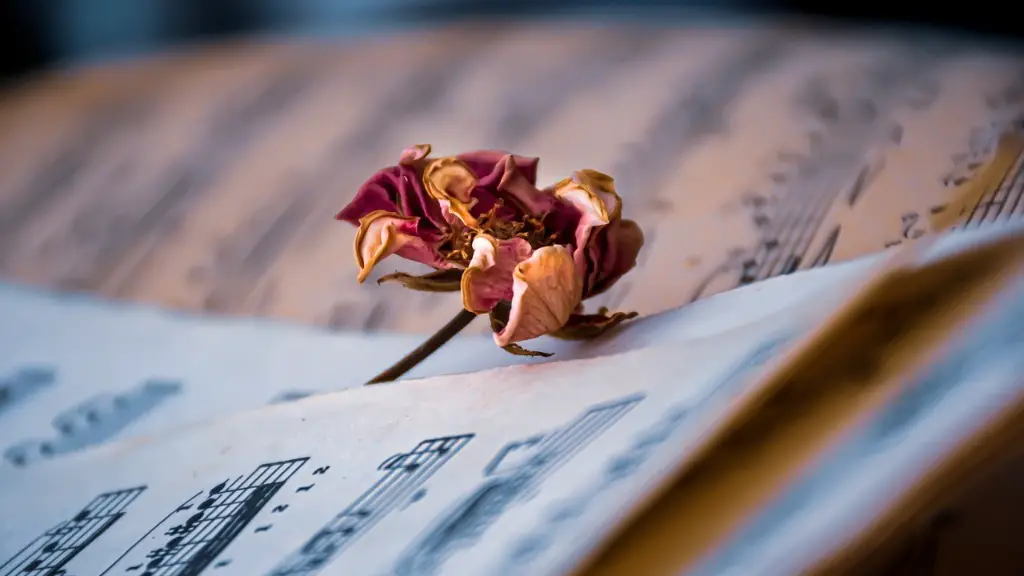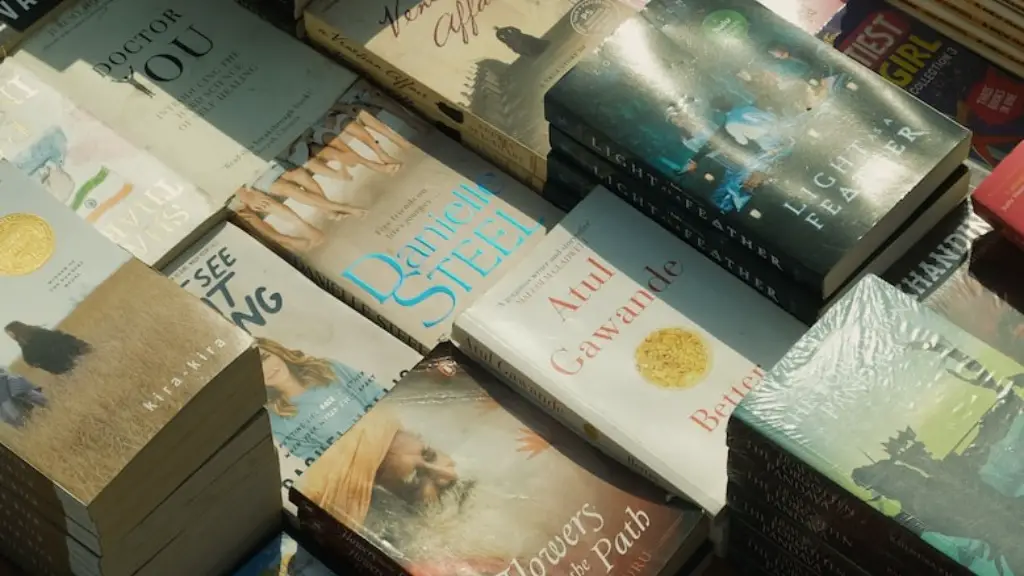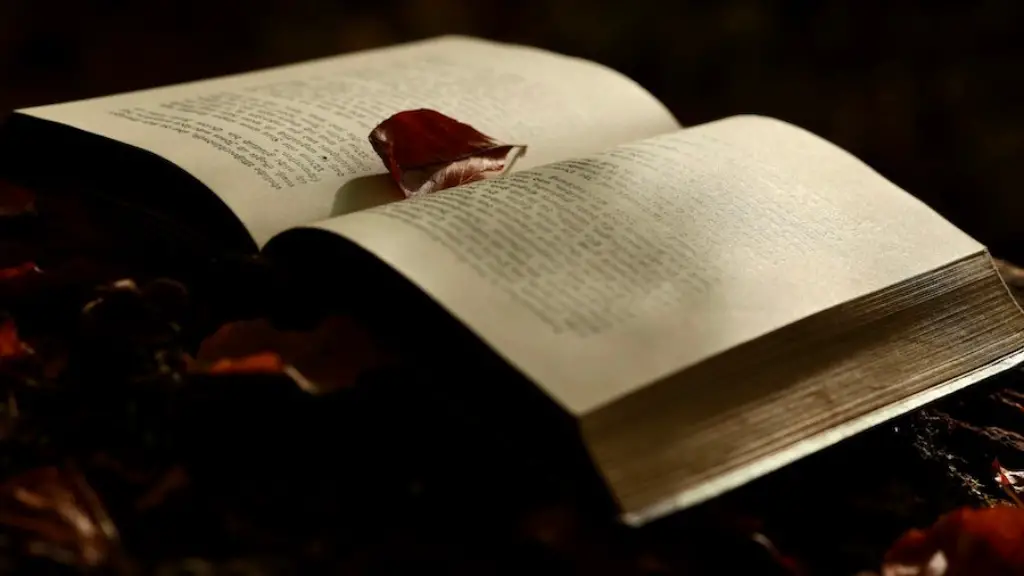History of Pagan Poetry
Pagan poetry is an ancient tradition dating back thousands of years. It is rooted in Celtic, Norse and Pre-Christian religion and mythology, and celebrates nature, life and human relationships. Pagan poetry is often a way of venerating deities, as well as a reflection of the everyday struggles of humans amid Nature and the universe. Pagan poets often express the joys, sorrows, challenges and wonders of life through the use of poetic devices such as imagery, alliteration and rhyme.
Some of the earliest known surviving examples of Pagan poetry are attributed to authors such as Homer, Hesiod and Virgil and date from the 8th century BCE. These works feature powerful and evocative language to bring characters and stories to life. Other famous works include the Welsh Mabinogion, Anglo-Saxon Epic, the Irish Epic of Finn MacCool, and the Norse Eddas. Through these, pagan poets sought to express the interconnectedness between man and the universe.
Pagan poetry is often seen as part of an oral tradition in which poets and storytellers pass their works from one generation to the next, adding to or changing the stories and themes. In some cultures, pagan poets are also seen as community teachers and leaders who help to keep traditions alive in the face of changing times. Pagan poets often address issues of community and the environment and seek to give a spiritual dimension to everyday life.
Form of Pagan Poetry
Pagan poetry comes in many forms, from short lyrical pieces to long recitals. Generally, these works are written in meter or a consistent number of beats per line, often with a rhyme scheme. Pagan poems often use repetitive language and imagery to provide a lyrical, haunting quality to their words. Common topical themes in pagan poetry include mythological figures and stories, the power of nature, the spiritual journey of the human condition and the struggle between good and evil. Some of the most popular forms of pagan poetry include the epic, dithyramb, lyric, and chorus.
The epic is typically a long, narrative poem that offers a heroic account of a mythic figure or even a nature deity. Dithyramb, which is derived from the Greek, is commonly used in musical settings and tells mythic or heroic stories through a chorus. A lyric poem is a short poetic form that expresses the personal emotions, thoughts and feelings of the poet. Finally, a voice or a chorus is an oral performance in which a group recites a poem or chant in unison, often with music.
Influence of Pagan Poetry
Pagan poetry has had a profound impact on literature and culture over the centuries. Throughout ancient Greece, pagan poets such as Hesiod and Homer played a major role in shaping the culture and its understanding of the world. Similarly, in the Middle Ages and the Renaissance, many works of art and literature were based on pagan themes and motifs, paying homage to the gods and goddesses of yore. Pagan poets continue to influence modern literature, with authors such as J.R.R. Tolkien, Robert Graves and Ted Hughes all drawing upon pagan themes to illustrate their works.
Today, pagan poetry continues to be a source of inspiration for many writers and poets. While workshops and readings are held throughout the year, pagan poets also gather online and at festivals such as Imbolc (April), Beltane (May) and Samhain (October) to share their works. While some hold events to create a space to explore pagan themes and share ideas, others use their works to challenge oppressive systems and explore the possibility of liberation. In addition, pagan poets often write to celebrate the beauty of Nature and human relationships, tapping into the power of mythical figures and themes to bring alive the beauty of life.
Sharing of Pagan Poetry
Pagan poetry has been shared with the world in many different mediums for centuries. As mentioned previously, oral tradition has been an important part of the pagan culture for a long time, with poets and storytellers reciting their work to interested community members. This has often been accompanied by music, dance and ritual, helping to capture the pagan themes and elevate the stories to a spiritual level. Other methods of sharing pagan poetry include books, websites and blogs, YouTube channels and social media, making the works accessible to people all across the world.
In today’s digital age, pagan poetry has become even more widespread and is a popular form of self-expression. Poets can find and interact with each other in virtual forums and groups, sharing their writings and ideas. Through this intersection of technology and tradition, pagan poetry is finding new ways to transcend boundaries and bring together people around the world.
Innovations in Pagan Poetry
Although Pagan poetry is rooted in ancient beliefs and practices, the art form is constantly evolving with the times. It is becoming increasingly multicultural, with poets taking influence from different cultures and beliefs. For example, some pagan poets incorporate elements of Eastern spiritual philosophies such as Taoism, Buddhism and Hinduism. Additionally, the internet has enabled a great deal of cross-cultural communication and knowledge exchange, allowing poets to explore and share ideas from far-reaching communities.
In addition, contemporary pagan poets are exploring new ways to combine the old and the new, the spiritual and the mundane. Poets often experiment with spoken-word performances and mix multiple mediums (video, audio, and visual art) to create something that is unique and meaningful. Other poets prefer to express themselves in forms such as graffiti, song, music and dance, and are finding new ways to push the boundaries of Pagan poetry.
Reception of Pagan Poetry
In today’s world, Pagan poetry is often celebrated and appreciated for its beauty and depth. Much of the traditional poetry from pagan authors is seen as a timeless reminder of the ever-changing relationship between humans, Nature and the deities. As such, many people look to Pagan poetry for guidance and spiritual nourishment. Meanwhile, contemporary poets often use their works to challenge oppressive systems, examine personal experiences and explore the complexities of human relationships.
This appreciation is further strengthened by the ever-growing movement towards eco-literacy, which recognises that Nature is not only a source of sustenance, but also beauty, creativity, and inspiration. Consequently, Pagan poetry is gaining more recognition and appreciation, as people look to it for inspiration, comfort and insight into the world.
Conclusion
In conclusion, Pagan poetry is an ancient art form that has been around for thousands of years. Rooted in Celtic, Norse and Pre-Christian traditions, Pagan poetry is often a way of venerating Nature, life, and the spiritual journey of human beings. Pagan poets draw upon oral tradition and ancient myths to shape their works and explore various topics such as human relationships, injustice, inner-struggles and the power of Nature. More recently, pagan poetry has become more multicultural and seen a surge in popularity due to the rise of eco-literacy. Today, Pagan poetry offers an incredibly rich and inspiring way of connecting with the world and expressing personal emotions.



